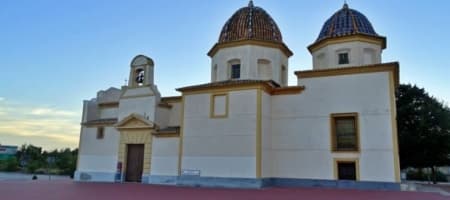
History of Jumilla
Located in the north of the region of Murcia, Jumilla is an internationally recognized municipality for its wines and pears, both with the Protected Designation of Origin (PDO).
The area is characterized by plains and wide valleys surrounded by mountains, constituting a transition area between the Levantine coast of the Mediterranean Sea and the Castellano-Manchega plateau.

The area’s archaeological remains date back to the Iberian culture. The archaeological site of “Coimbra del Barranco Ancho” is one of the most important and interesting complexes of the Iberian culture.
Many Roman villas were in the area, as shown by the sites of Los Cipreses, La Ñorica, La Pinosa, and El Pedregal, among others.
Many Roman villas were in the area, as shown by the sites of Los Cipreses, La Ñorica, La Pinosa, and El Pedregal, among others.
Wine land
Vines have been cultivated in that territory since Roman times, meeting the challenges of the oldest Vitis vinifera in all of Europe. Utensils and archaeological remains, such as the famous Iberian gold earrings in the shape of a bunch of grapes, served as inspiration for the design of the trophies that the Regulatory Council of the Jumilla PDO awards in its wine competitions.This city was known among the Arabs as Yumil-la and passed into Muslim rule by the Tudmir covenant. The nucleus of the current city of Jumilla was built in “Cerro del Castillo”, taking advantage of the foundations of Iberian and Roman constructions. It was a rural-type fortress that basically fulfilled three functions: defend the territory, control the peasant community, and collect taxes.
In 1243, the Capitulations of Alcatraz were signed, sealing the conquest of Jumilla by the Christian troops, who took the Kingdom of Murcia to Castile. At that time, Alfonso X built the Saint Mary of Grace Hermitage over an old mosque.
As a consequence of the war unleashed between Castile and Aragon, the Elche Treaty was signed. It divided the Kingdom of Murcia, establishing border limits and leaving Jumilla under the control of Aragon.
During this period, the “La Carta de Amojonamiento del término de Jumilla” was produced - the first document of a historical nature dedicated entirely to Jumilla.
During this period, the “La Carta de Amojonamiento del término de Jumilla” was produced - the first document of a historical nature dedicated entirely to Jumilla.

The population settled outside the walled enclosure, descending to the plain in front of the hill, leaving the "Homenaje" Tower and the Church of Saint Mary of Grace in the centre.
The Marquis de Villena’s domain lasted until the abolition of the seigniorial regime in Spain in the 19th century. At that time, wine production formally began. In 1910, the Jumilla Wine Station was founded; it is a pioneer in vineyard cultivation techniques and conducts research to improve vines.
On July 17, 1911, King Alfonso XIII granted the City Council of Jumilla the title of Most Excellent and named it as a city.












